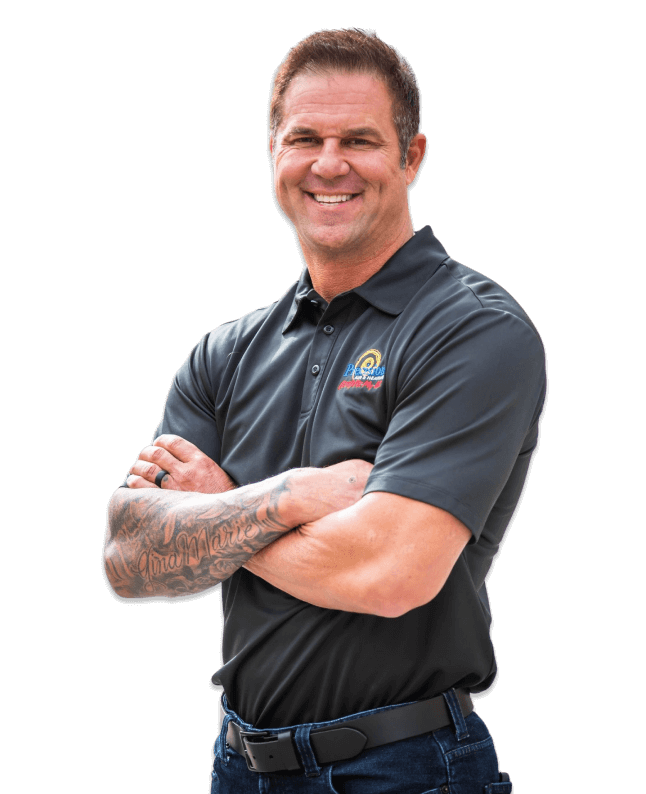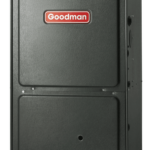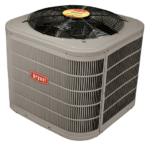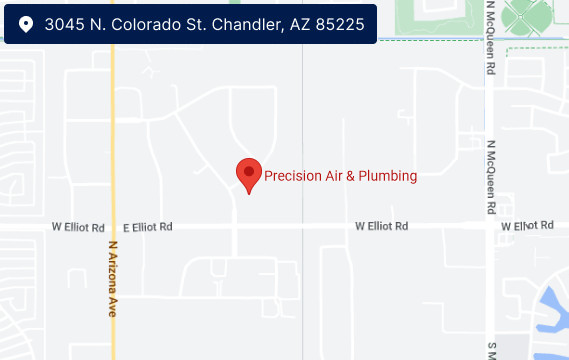Evaporative Swamp cooler VS Air Conditioning
Homeowners in hot, dry climates have two primary choices for climate control equipment when it comes time to replace their old units with newer, faster, shinier models: evaporative swamp coolers or traditional air conditioners. Each has its advantages. The most important points to consider are:
Upfront Costs. Evaporative swamp coolers are considerably cheaper to purchase and install than a traditional air conditioner because they are much less complicated pieces of equipment. They will require a water line and 110 plug run to the unit’s location, which may come as an unexpected cost if you’re looking to replace an existing air conditioner. If you’re considering going from an evaporative cooler to an air conditioner, you may also need additional ductwork for your new unit to run at its best.
Energy Efficiency. Swamp coolers can save as much as 75 percent of electricity costs over a traditional air conditioner, but they often negate the savings by using a great deal of water. Although the goal is to recycle the water in the system, there is still high water demand with the use of a swamp cooler. In desert areas, where swamp coolers work best, this can put you at a serious disadvantage if your area must seasonally ration water or water costs increase exponentially in the summer.
Indoor Air Quality. Air conditioners win in the indoor air quality department hands down. Because they operate with your home’s windows and doors closed, sucking indoor air through a filter before returning it to the room, your indoor air quality is generally much better with an air conditioner (this depends on your home’s environment and your choice of filters). People with allergies or who live in areas with blowing dust or pollution may not want to leave their windows open all the time — which makes an air conditioner their best choice.
Indoor Humidity. Air conditioners and evaporative swamp coolers work in opposite ways when it comes to indoor humidity. Air conditioners remove the bulk of the humidity from your home during the cooling process. Evaporative coolers are more dependent on climate to function properly. They add humidity in order to keep you cool. Homes that are unusually dry or have chronic static problems may benefit from an evaporative swamp cooler.
Maintenance Frequency. Your air conditioner may lead to more expensive repair bills, but day-to-day maintenance is generally limited to changing the air filter once every 30 to 90 days, removing vegetation from the outdoor unit as needed, and spraying it down with a hose a couple of times a year. A swamp cooler is a much bigger maintenance chore, requiring frequent changes of the absorbent pad that keeps moisture in front of the blower, and regular cleanings to prevent mold build-up. If you can’t dedicate a few hours each weekend to your cooling device’s care, a swamp cooler isn’t a good option for your home.
Environmental Impact. Modern air conditioners use much safer refrigerants today than they did in days past, but they still use potentially damaging chemicals to cool your home. As they age, these refrigerants can leak out through stress fractures in the system. A small amount of leakage from one unit isn’t harmful, but if every unit sprung a leak at once, you would notice. The environmental impact of evaporative swamp coolers is much smaller because they only require water and electricity to cool the air in your home. Evaporative coolers emit less CO2 than air conditioners and create less noise pollution during day to day operation, which may make them a good choice for homeowners whose environmental footprint is important to them.
Installation and Setup. When adopting a new climate control system, the installation and setup process can significantly impact your decision between an evaporative swamp cooler and a traditional air conditioning unit. How each system is integrated into your home can influence the upfront costs and overall convenience and compatibility with your existing infrastructure.
With their simpler design, evaporative swamp coolers often lead to a less complex installation process. These units require a water line and a 110-volt electrical connection, which generally incurs lower installation costs than air conditioning units’ comprehensive ductwork and electrical requirements.
However, it’s important to factor in potential unexpected expenses, especially if transitioning from an air conditioner to a swamp cooler. In such cases, additional ductwork might be necessary for optimal performance, impacting both the installation timeline and costs.
Water Usage and Conservation. Water consumption and conservation becomes paramount when choosing between an evaporative swamp cooler and an air conditioning system. The distinctive cooling mechanisms of these units lead to varying water usage patterns that demand consideration, especially in arid regions where water scarcity is a concern.
Evaporative swamp coolers harness the power of water evaporation to cool indoor air, rendering them highly efficient in dry climates. Yet, this efficiency comes with a trade-off: increased water usage. While these systems aim to recycle water, their demand can place homeowners at odds with water rationing regulations or rising costs during summer months. Navigating these challenges might necessitate a balance between effective cooling and responsible water usage, involving measures like regular maintenance to prevent water wastage and exploring innovative water-saving technologies.
Long-Term Maintenance and Durability. The journey of climate control extends well beyond installation and initial use, delving into long-term maintenance and system durability. This aspect, often overlooked in the excitement of acquiring new equipment, can significantly impact your choice between an evaporative swamp cooler and an air conditioning unit.
Air conditioning units, despite potentially higher repair costs, offer a relatively straightforward maintenance routine. It generally involves periodic air filter replacement, occasional outdoor unit cleaning, and straightforward hosing down. In contrast, the maintenance demands of evaporative swamp coolers are more involved. Regularly changing the absorbent pad and preventing mold build-up become essential tasks. If you cannot dedicate significant time to upkeep, a swamp cooler might not be optimal for your household.
Additionally, considering the long-term durability of both systems is crucial. Air conditioning units, while prone to refrigerant leakage, have made strides in adopting safer refrigerants. On the other hand, evaporative coolers, with their water-and-electricity-based mechanism, tend to have a smaller environmental footprint. This aspect and lower noise pollution and CO2 emissions could align better with homeowners who prioritize their ecological impact.
When it’s time to replace your climate control system, the decision can be overwhelming. Keep in mind what matters most to you, including the efficiency of your unit, its ability to remove pollutants and allergens from the air, and your environmental footprint, and it will make choosing between an evaporative cooler and an air conditioner much easier.










